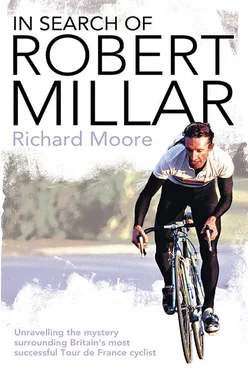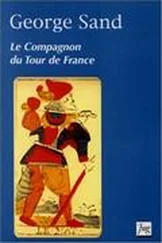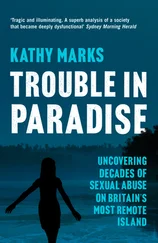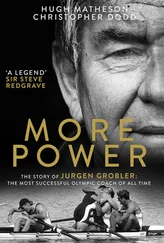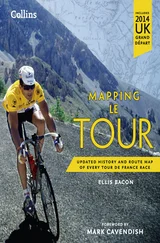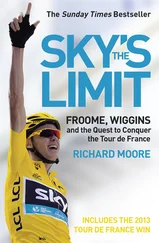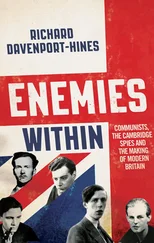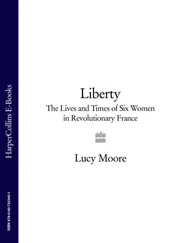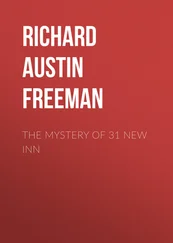Yet it is also a place renowned for the humour of its people, and for the outgoing, friendly, ‘gallus’ Glaswegian. On one of my visits a taxi driver gave me a running commentary as we travelled through the city. It was an alternative tourists’ guide, and it was delivered in a thick, almost impenetrable accent, accompanied by resigned shakes of the head and expressive shrugs of the shoulders. If my guide’s body language was anything to go by – it wasn’t so easy to make out what he was actually saying – as we left one housing scheme and entered another, the city got progressively worse the further we travelled from the centre. Then we drove into a particularly bleak housing scheme, with no shops or even pubs, only high-rise flats packed tightly against one another – a ‘desert with windows’ as Billy Connolly, who perfectly sums up the love/hate relationship many Glaswegians have with their city, once referred to some of Glasgow’s housing schemes. Here, however, there was sheet metal where many of the windows should have been. We picked up speed after narrowly avoiding a bucket of water – at least I think it was water – that appeared to have been thrown in the direction of the taxi. The driver shrugged again, scowled, and commented, ‘Ah widnae let a dog oot here.’ Which was funny, of course. Much Glasgow humour is delivered with a self-consciously casual attitude towards some of the uglier aspects of life there, and it is rarely accompanied by a smile. As a consequence, not everybody gets it.
This is the Glasgow that Millar professed to despise and which he was desperate to escape, but which clearly shaped his dry, often dark sense of humour, among other things. And perhaps in Millar too there was a perverse sense of pride, of kudos, in coming from and surviving such a place – from the wrong side of the tracks, as he allowed Phil Anderson to believe. The Scottish playwright John Byrne, who came from another estate, in nearby Paisley, with ‘aspirations’ to the title of ‘worst slum in Europe’, has expressed this well: ‘I felt vastly superior, smugly superior, to everyone who went to art school because I came from the worst slum in Europe! We were in the thick of it.’ The notion may not be far removed from another frequently levelled accusation, that there is a tendency in cities such as Glasgow to romanticize poverty and violence. But Byrne is hardly alone in suggesting that great art can flourish and that great artists can thrive in such conditions – because of, rather than despite, the environment. ‘It’s the grit that makes the oyster,’ Byrne remarked, and so it is with sports people. You needed to be tough to survive in such a place. And as Millar quickly realized, you needed to be tough – and to be seen as tough – to make it as a cyclist, too.
Robert Millar was born to William and Mary Millar in the family home, 4 Wellcroft Place in the Gorbals area of Glasgow, at 6.15 a.m. on 13 September 1958. Mary and Bill, as he was known, already had a son, Ian, born on 29 December 1955, nine months after they were married. A daughter, Elizabeth, would follow in January 1962.
The Gorbals had once been a village on the south side of the River Clyde, separate from the sprawling city. In medieval times it was designated as Glasgow’s leper colony: the leper hospital was opened in 1350, five years after the building of a first bridge to connect the village to the city. The Gorbals was annexed by Glasgow in 1846. By then its composition and character were already changing, thousands of Ireland’s poor having settled there from around 1840. It wasn’t yet the slum it would become, but neither was it the place it had once been. The population of the Gorbals swelled with the arrival of these immigrants, from Eastern Europe as well as Ireland, then from the 1930s by Jews fleeing the Nazis, though the influx of Jewish immigrants predated Hitler. By 1885, over half of the Gorbals’ primary school population was Jewish. The Gorbals even had its own Jewish newspaper.
The Gorbals in which Millar spent the first few years of his life was bursting at the seams, its population having mushroomed to some fifty thousand by 1950. It had been fictionalized in the 1930s in an iconic Glasgow novel, No Mean City . As the title suggests … actually, it’s not altogether clear what the title suggests. The subject matter was less ambiguous: it was all violence and gangs and knives, with a main character known as the ‘Razor King’. Less well known but also evocative of the area is A Gorbals Tale , billed as ‘a nostalgic and light-hearted story of post-war Gorbals’, starring a policeman whose beat includes ‘razorcarrying thugs, illicit bookies, drunks and prostitutes’. Our hero is thus immersed ‘in the violent culture of the Gorbals – an area of grim tenement buildings with a foreboding culture of violence. Angus [the policeman] meets his first challenge when a local prostitute, Laughing Mary, is murdered. Later, when he rescues young Lilly Grant from the grip of evil shebeeners [who ran unlicensed drinking establishments], he is ambushed and savagely beaten in an act of revenge.’ And this, remember, is a nostalgic and light-hearted story of the Gorbals. It is difficult to imagine what might feature in a tale of gritty reality.
But it is too easy to caricature the area; it was not so unremittingly grim. The Millars’ home was typical of the area: a four-storey sandstone tenement with one large living room, a kitchen, a bedroom, and a toilet, but no bath. Many praised the elegance and grandeur of the grid-iron pattern of these four-storey tenements, and, rather than violence, the community spirit that was always so evident in the Gorbals, particularly, and despite the overcrowding, in the inter-war period. Certainly the primary school attended by Robert Millar, just around the corner and a couple of hundred metres from his front door in Wellcroft Place, was (still is) a strikingly impressive building. Abbotsford Primary School is the oldest surviving school building in the Gorbals, though it ceased to be a school in 1996. Built in 1879, the classrooms – now offices – were organized around an open central hall, above the doors the sculpted heads of eminent Scots including the Church reformer John Knox and the explorer David Livingstone. Fellow pupils at Abbotsford describe the young Robert Millar as a ‘smart, funny but occasionally intense kid’. It was there that he acquired his first nickname, ‘Eskimo’, on account of his playground trick of pulling his blue anorak over his head while running around making a prolonged ‘Wheeeeeeeee!’ noise. There are few signs here of the introverted, shy persona Millar adopted later.
Millar attended Abbotsford for four years, until the family found itself subject to Glasgow Corporation’s policy of ‘displacement’. Notwithstanding the overcrowding, and the decay that became particularly acute between the wars, it was as much because of the Gorbals’ reputation as one of Europe’s worst slums that it was chosen as the first area in Glasgow to be redeveloped – i.e. demolished. As far as the Corporation was concerned, the solution to the population explosion crisis – by the early 1950s an estimated six hundred thousand of the city’s 1.08 million people required rehousing – was to create new housing schemes on the periphery of the city. Communities were broken up, and some were shunted out to the new towns of East Kilbride, Cumbernauld or Irvine. For others, the only way was up. High-rise flats were, the Corporation decided, the future. They were certainly futuristic, especially in the artists’ impressions – no less inaccurate, or idealistic, in the 1960s than they are now. The flats were known as ‘vertical streets’, which, probably intentionally, lent an air of glamour and excitement. It was to one such high-rise, in Pollokshaws, no more than a couple of miles to the south of the Gorbals, that the Millars moved in the summer of 1967 when the Wellcroft Place tenements fell victim to the wrecking ball.
Читать дальше
